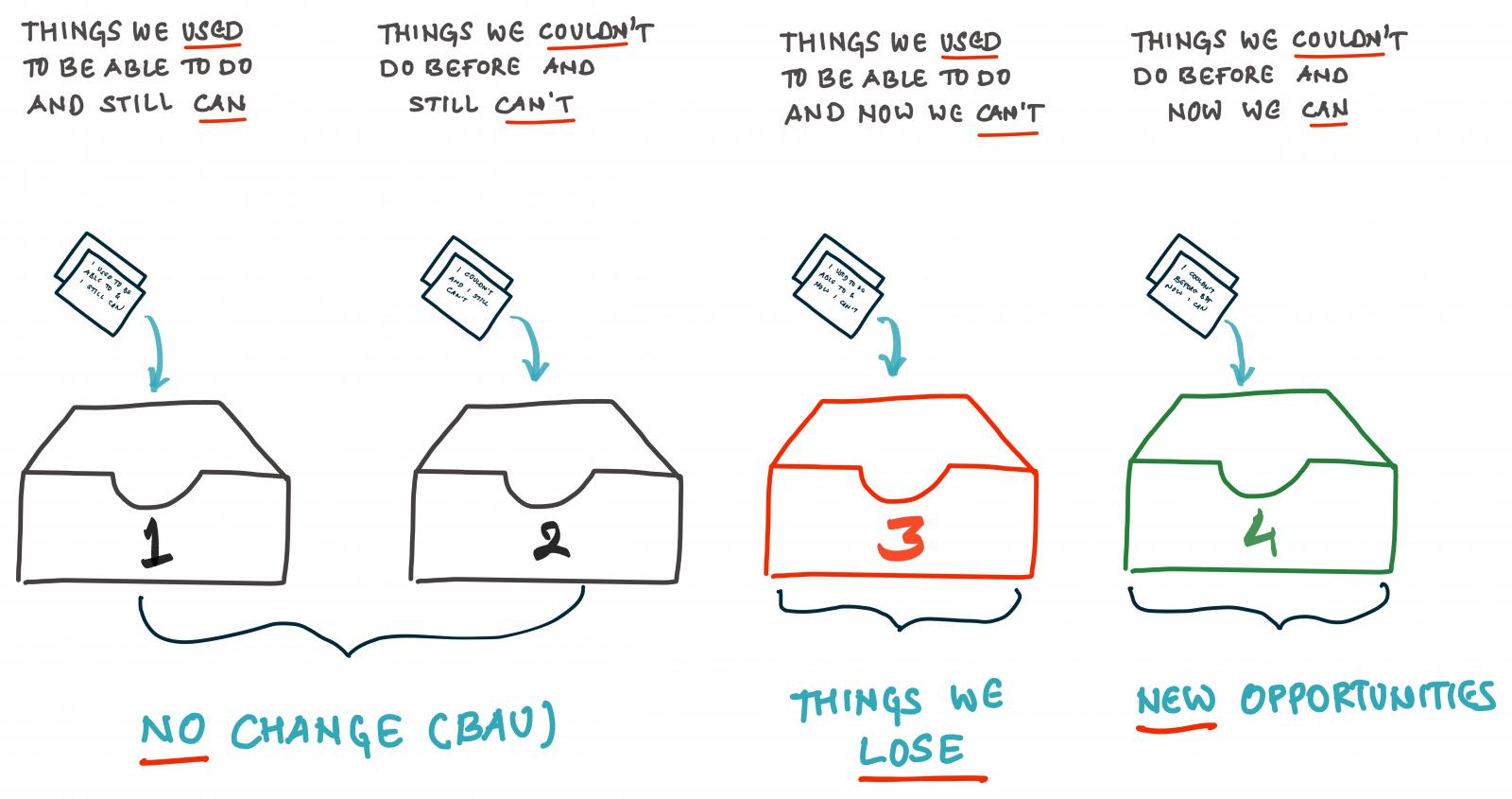Digital transformation
We want change but we won’t change (part 2)

My headache was gone but my ego was hurt. I swallowed it with my drink. I promised to buy the hoodie and we moved on to other things. It was happily ever after.“We cannot become what we want to be by remaining who we are”


Disclaimer: The statements and opinions expressed in this article are those of the author(s) and do not necessarily reflect the positions of Thoughtworks.
